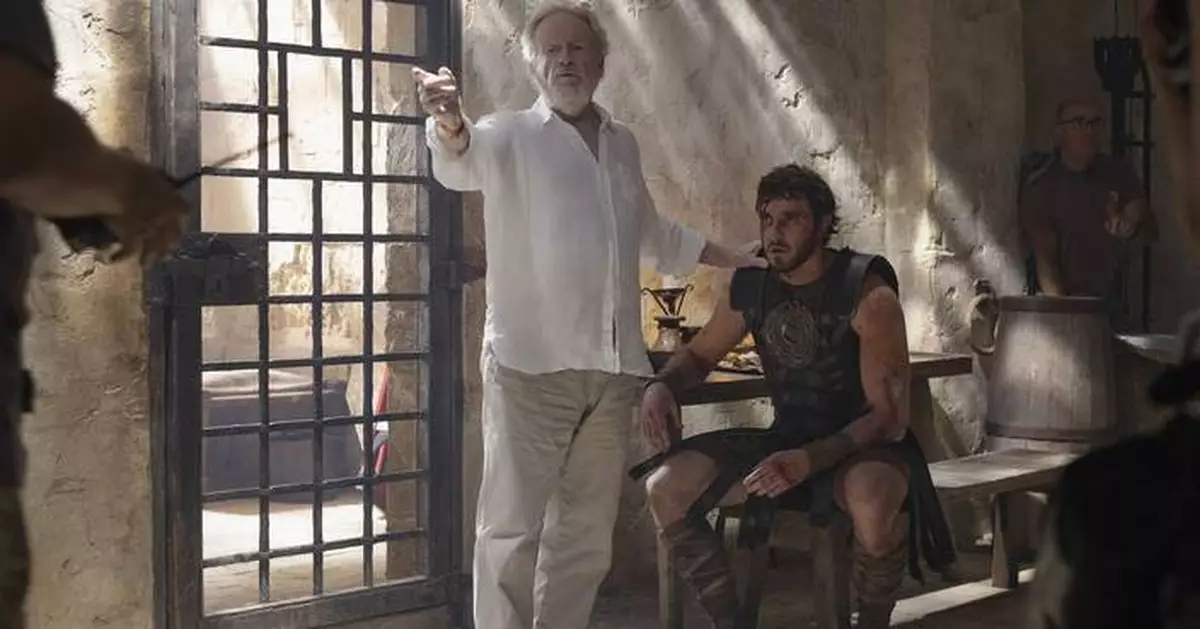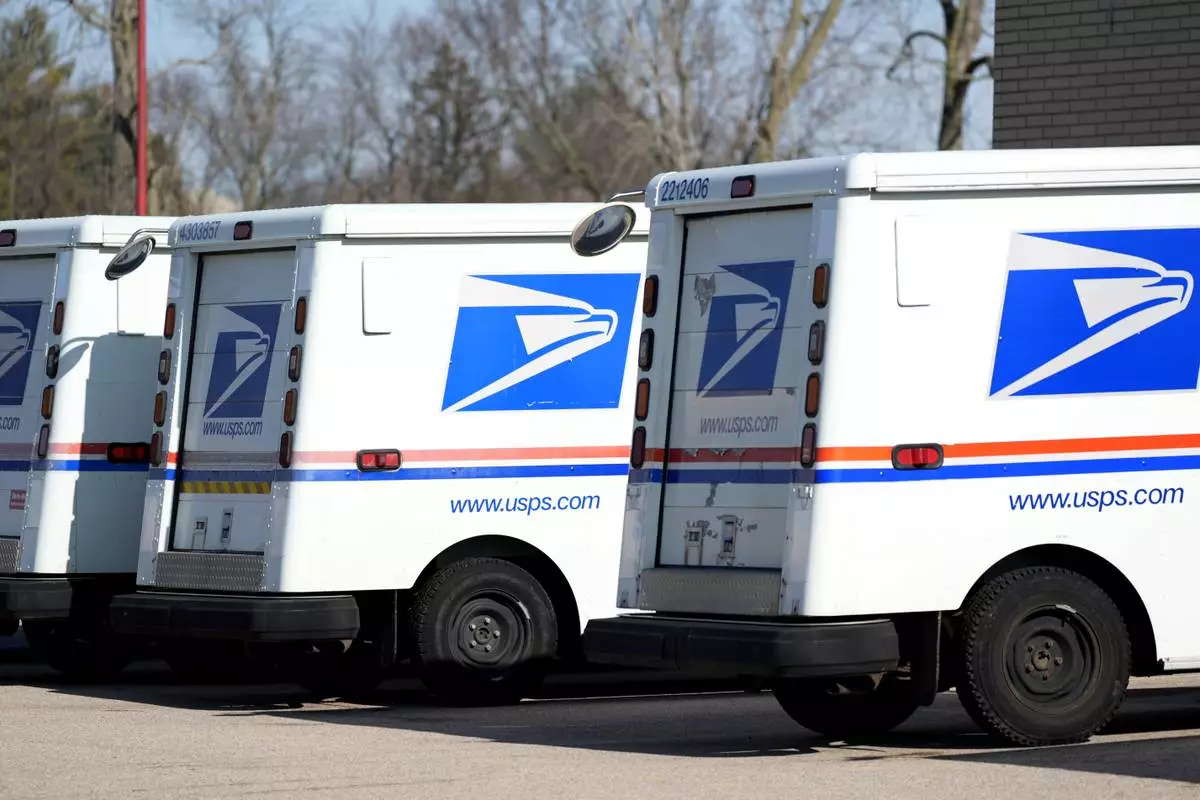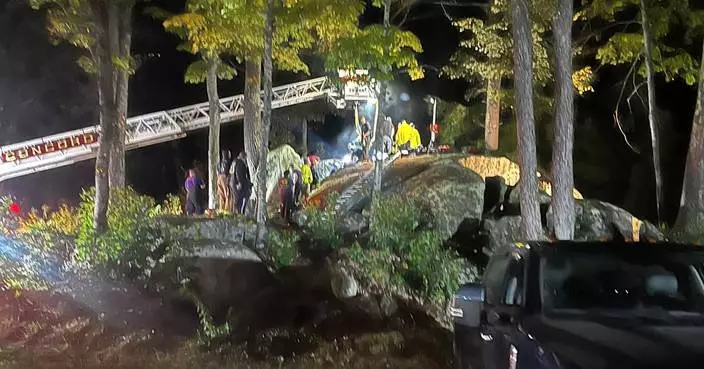NEW YORK (AP) — An inevitable fact of interviewing Ridley Scott is that, whatever movie he’s about to release, you’ll find him already knee-deep in his next project.
Scott, Hollywood’s perpetual rolling stone even at age 86, may be preparing to unveil “Gladiator II,” one of his biggest epics yet, but at the moment he’s got the Bee Gees on the brain. Scott is developing a biopic on the Gibb brothers. On a recent Zoom call from his office in Los Angeles, he was surrounded by meticulously plotted storyboards.
Scott is enthusiastic about the project. “I think the word is beyond talented. They were gifted,” he says — even if the Bee Gees brand of music seems quite distant from the no-nonsense British director.
“I’m not a disco guy,” Scott says. “I dance like a (expletive) plowman.”
Scott is on more familiar turf in “Gladiator II,” which Paramount Pictures will release Nov. 22. He's back in ancient Rome, among sandals, swords and glistening biceps, for a sequel to his best picture-winning “Gladiator,” with Russell Crowe and Joaquin Phoenix. “Gladiator II” is set a couple decades after that film. It focuses on the grandson of former emperor Marcus Aurelius — a minor character in “Gladiator” now played by Paul Mescal — who’s mentored as a gladiator by a former slave with aspirations of seizing Rome, Macrinus (Denzel Washington). Pedro Pascal co-stars as the Roman general Marcus Acacius.
“Sequels are always kind of suspect,” says Scott. “But to begin with, we had a good logical stepping stone into who next, who survived and where did he go.”
Aside from numerous “Alien” films, Scott has largely eschewed sequels throughout his career. “Gladiator II” had been in development, off and on, for two decades, though. And it ultimately swelled to one of Scott’s most massive projects — which is saying something for a filmmaker who just released a 3 ½-hour cut of his 2023 epic, “Napoleon.” Some reports have pegged the budget for “Gladiator II” at above $300 million.
But Scott believes in the movie so much that he’s called it his best. Why?
“It’s to frighten the others,” he says, chuckling. “And I think I might be right. I don’t want to count my chickens. But it’s pretty (expletive) good.”
Part of Scott’s confidence comes from his belief in his cast, particularly Mescal, the Irish actor who broke out on the series “Normal People” before starring in acclaimed films like “Aftersun” and “All of Us Strangers.”
“Eighteen months ago I found a show, ‘Normal People.’ I think for me it looks a bit suburban, et cetera, et cetera. I watch one, then I watch another. I say, ‘Who is this guy?’ Both the guy and the girl were absolutely interesting. From that, I cast Paul Mescal,” Scott says. “You know, Paul has got that harsh profile with the nose. And then a little bit of Albert Finney. There’s a bit of Finney about him.”
Scott, who paints as a hobbyist, has seemingly been drawn to bigger and bigger canvases as he’s grown older. “Napoleon,” he says, required 900 personnel; “Gladiator II” took 1,200. He is, himself, a commander of armies. In Malta, Scott and his regular production designer, Arthur Max, erected enormous sets.
“We built Rome,” says Scott. “I discovered that you can have a lot of access, nice costumes and all blue screen. But in every shot you take — whether it’s (Scott holds his hands up for wide shots, over-shoulder shots and close-ups) you’re investing money on the blue. It’s more expensive to do that than to build it. So I built the Colosseum 40% full scale. It was cheaper to do that than blue screen.”
Far smaller productions have worn down other filmmakers who don’t match half the pace of Scott. But Scott, a self-described “war baby” born in 1937 whose father was a senior officer in the Royal Engineers, has showed no signs of slowing down, nor of fading ambition. Asked where he gets his drive, Scott responds: “DNA.”
“My mum was ferocious,” Scott says. “You have to stay kind of fit. And I embrace stress. If you don’t embrace stress, do not do the job. People get very stressed and frightened and I don’t. I’ve grown to it over the years to just embrace it and walk in and say, ‘Right, everybody over here. We’re going to do this.’ And they listen. Bearing in mind that I’m artistically driven and I’m blessed with a very good eye, the decision is everything. Make the bloody decision. Do not discuss it with everybody including the window cleaner where you’re going to put the camera.”
To Scott, his most formative training came in commercials. He and his brother, Tony Scott, started out with their film and commercial production company Ridley Scott Associates. Particularly in television, Scott got accustomed to shooting with multiple cameras rolling simultaneously. He didn’t make his first feature, 1977’s “The Duelist,” until he was 40. Now, on movies like “Gladiator,” Scott might have eight or 10 cameras rolling for a single scene.
“So I got used to scale,” says Scott. “By that time I had probably done 2,500 commercials. And when you’re doing a commercial for yourself, the company, you’re on your own clock. After 5 o’clock, you pay. So you’re constantly against time. I learned that better than any film school could teach you. On every second hand is a dollar sign.”
That kind of scale also comes with risk, of course. “Gladiator II” will open in theaters against Universal Pictures’ “Wicked,” another highly anticipated movie although one, like the “Barbie” and “Oppenheimer” showdown, with different and possibly complementary target audiences. Mescal has teased the moviegoing weekend as “Glicked.”
Scott remains optimistic about the movie business — even if his main concern is what it'll mean for the next mammoth project he undertakes.
“There have been a few combustions of big box office this year that gives a certain kind of movie a promise for financial return,” Scott says. “But the financial return — au courage d’autres — encourages the others. Because greed will always be in the front, right? Maybe the investors will say, ‘Maybe it can be me.’ That’s what we always hope for because I just love making movies. And the bigger the better.”
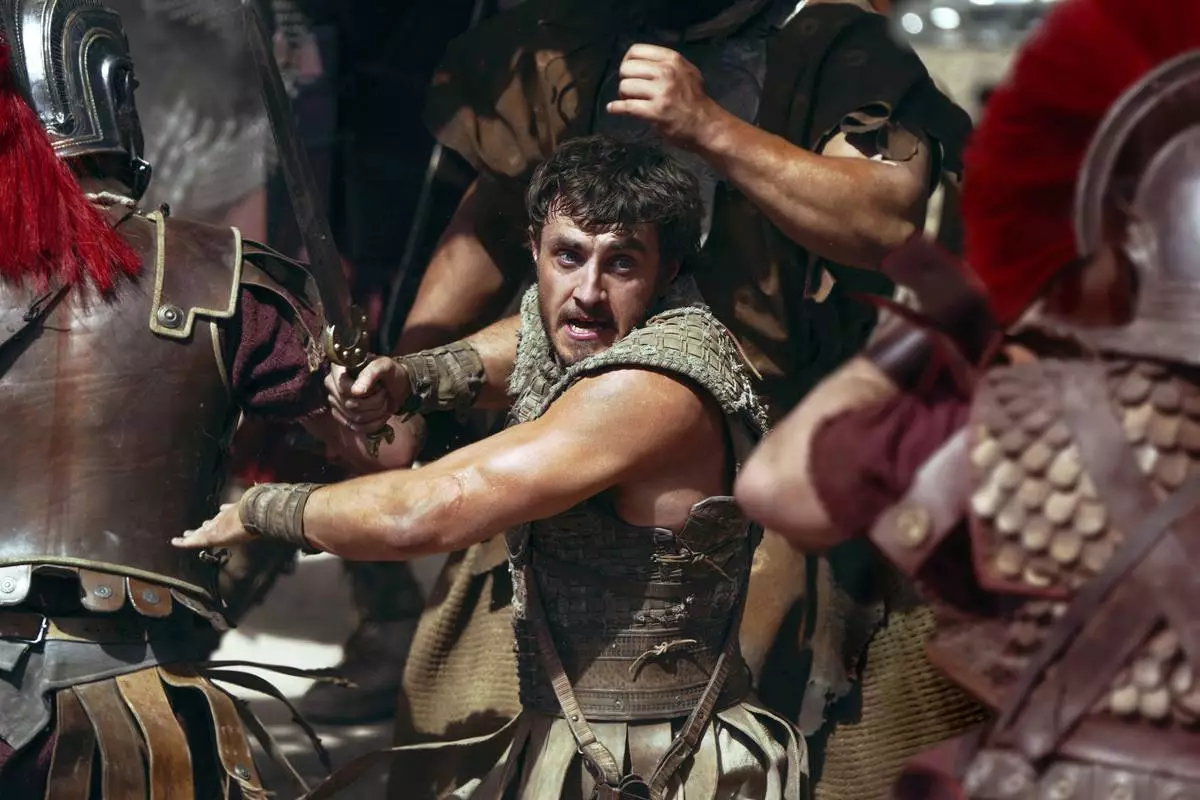
This image released by Paramount Pictures shows Paul Mescal in a scene from "Gladiator II." (Aidan Monaghan/Paramount Pictures via AP)
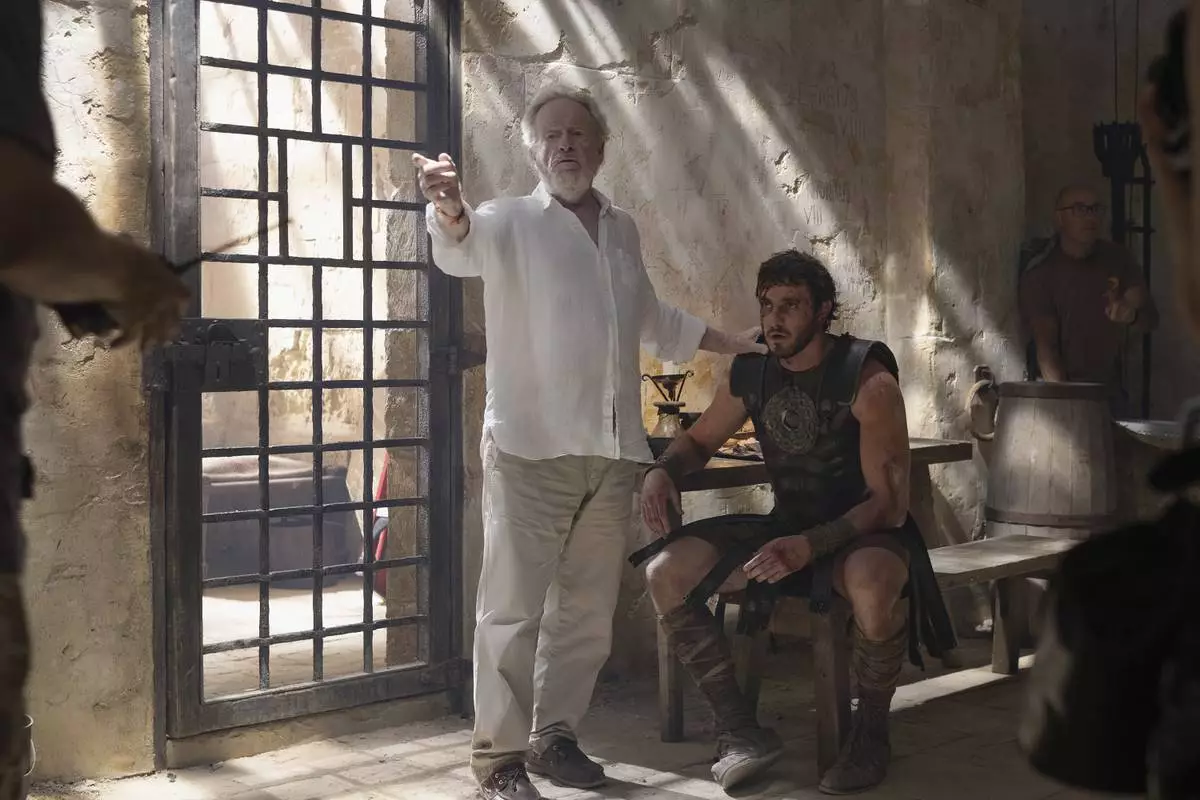
This image released by Paramount Pictures shows director Ridley Scott, center, Paul Mescal on the set of "Gladiator II." (Aidan Monaghan/Paramount Pictures via AP)


